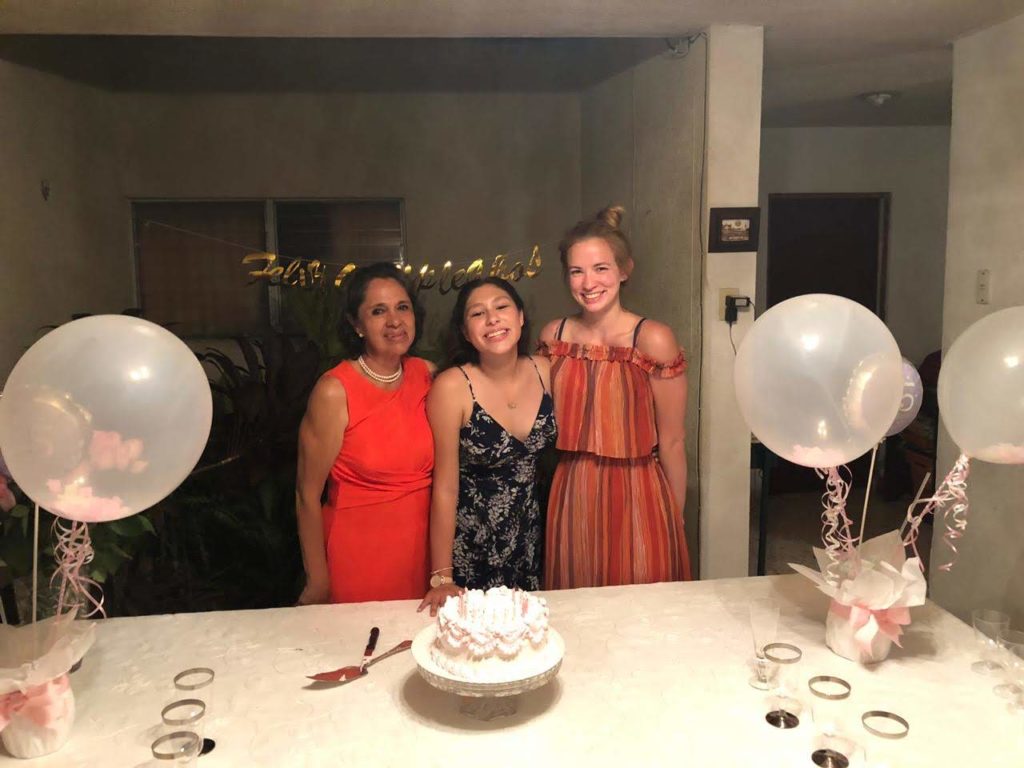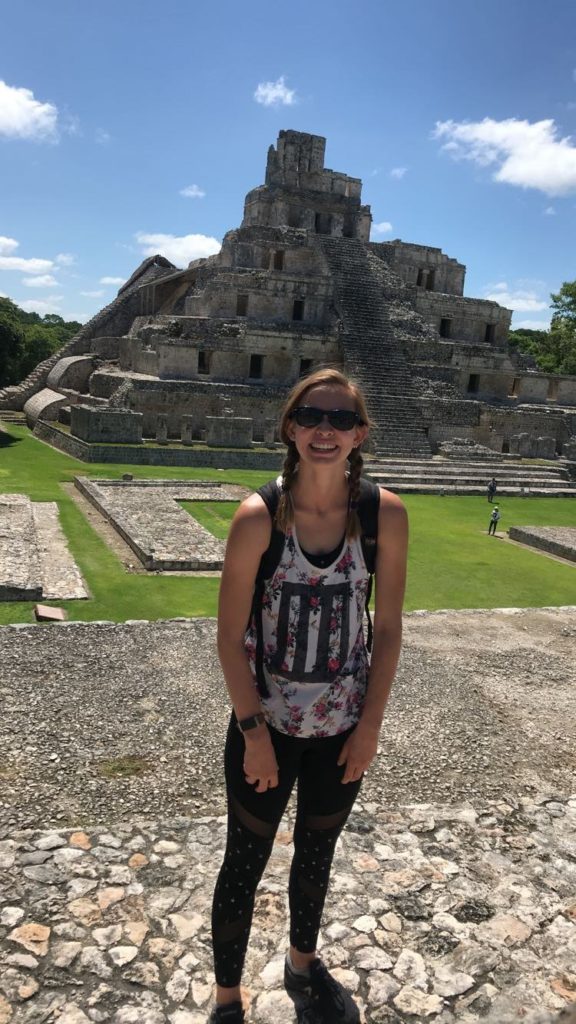How Cheez Whiz in Mexico Helped Me Find My Path to Medical School


“Cheez Whiz.”
“Qué?”
“Cheez Whiz!”
I flush from the combined efforts of interpreting the command, understanding what Cheez Whiz could possibly mean in this context, and the lack of air conditioning in the hospital. Soon I will start sweating, which will only cause the latex gloves to stick to my skin and fluster me more. Dr. Sanchez sighs, as he frequently does when I have difficulty comprehending his instructions.
“We are looking for Cheez Whiz,” he explains, or more appropriately, repeats in English. This doesn’t help in the slightest. Dr. Sanchez demonstrates that I am to hold the patient’s foot with both hands and squeeze.
I am still confused, but do as I am shown. The patient has, as what I would describe, a sizable pit on the side of his foot below his big toe. I had just spent the last five minutes removing the bandage.
Dr. Sanchez grabs my hands and rather forcefully applies pressure from the base of the foot moving upward to the wound. The patient gasps aloud, gripping the table. I freeze, convinced I have done something wrong. Instead, everyone is cheering. The pit has begun to bleed slightly, but it’s nothing in comparison to what I have seen just earlier that day.
“No Cheez Whiz,” Dr. Sanchez informs me, warmly embracing the patient.
“Does it hurt?” I ask, formally in Spanish, to the patient.
“It doesn’t hurt me,” Dr. Sanchez replies over the patient, and they begin laughing again. Still flushed and now sweating, I am relieved to be the butt of their joke. I have been shadowing Dr. Sanchez at the public hospital in Merida, Mexico, for about eight weeks. Today is my final day. While I have grown accustomed to the smell of feet, the imagery of pus as Cheez Whiz threatens to unsettle my stomach.

My Path to Medical School
I have seen a lot of feet. Dr. Sanchez specializes in wound care, utilizing the hospital’s hyperbaric oxygen chamber, something I didn’t know existed and now know very much about. In my time shadowing, I have seen one patient with the bends, but the majority are diabetic, with a wound that won’t heal, who are Mayan and share a close connection to Dr. Sanchez.
The time I spent shadowing during my semester abroad allowed me to see international medicine up close and personal. I learned about Merida, Mexico, in a way I never would have otherwise. I spent time in the public hospital, speaking with patients whose first language was Maya and second language was Spanish. I could define this experience as professional development, and probably will in the future, but it was more than that. I connected with patients in a way I had never believed possible in the American healthcare system.
Study Abroad and Applying to Medical School
A lot of my other premed peers did not study abroad in order to take prerequisite classes. There is nothing wrong with making this decision, but it’s a myth that you can’t study abroad as a premed student. I took classes related to nutrition, anthropology, and cooking, and found all of these classes valuable in writing my personal statement and applying to medical school. The most valuable assets in applying to medical school are experiences, and study abroad is nothing but experiences.
Jessica K. | Biological Chemistry and Spanish major | Grinnell College | IFSA Mérida Universities Program | Fall 2019